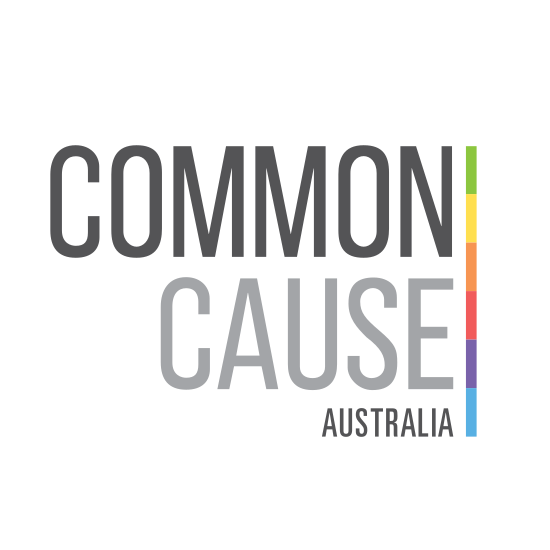New Vaping Messaging Guide available
Most health professionals know that effectively communicating the dangers of vaping is more than just a matter of presenting facts - it's about connecting with people's core values.
Our latest Vaping Messaging Guide, developed in collaboration with Quit, offers a strategic approach to messaging that taps into the deep-seated beliefs and emotions that drive the ways Australians think and act on vaping.
Drawing on the Common Cause approach to community engagement, this guide is based on in-depth message testing with over 2,000 Australians in early 2024 – including over 800 people who vape regularly.
The results revealed important insights into how best to talk to Australian adults about vaping and vaping products, vaping cessation, and vaping policy, in ways that connect with our audiences at a gut level.
The good news is that 91% of people surveyed are either already our supporters (18%) or are persuadable (73%) on the topic. In other words, just under 10% of people in our survey were what we would define as ‘hard opposition’ when it comes to vaping policy and behaviour.
That said, given almost two thirds of respondents were persuadable rather than baked on supporters, how we frame vaping is critically important.
To help you get your framing right, the Vaping Messaging Guide includes eight practical tips for crafting more persuasive vaping-related messaging. We also provide a suggested framework for structuring your messaging in ways that help you connect more powerfully with the values of your audiences while reducing the likelihood of pushback.
For example, we found messages that focussed on the poisonous chemicals vapes emit into the lungs was more than twice as compelling to most audiences than more concrete negative outcomes such as nicotine poisoning, headaches, nausea, seizures, or burns and injuries from exploding devices.
We also found that while many people, including young adults and people who vape regularly, are concerned about the addictive nature of vapes, talking about this negative outcome alone is not enough to motivate changes in attitudes or behaviours. Instead, it is far more powerful to talk about dependence in combinationwith highlighting other undesirable effects including breathing in toxic chemicals and the risk of lung damage.
The guide also includes evidence-based guidance on language – including whether we should talk about “vapes” or “e-cigarettes” and in what contexts we should use words such as “poisonous” vs “toxic”.
You’ll find these tips and many more alongside details of our research in the full guide here
We’ve also produced a two-page snapshot version of the guide for when you need a handy summary to guide your work.
Whether you’re engaging with young adults, people who vape regularly, or the broader community, we hope the guide gives you the evidence-based strategies you need to cut through and persuade.
To download the full guide and snapshot visit: quit.org.au/vaping-resource-toolkit

